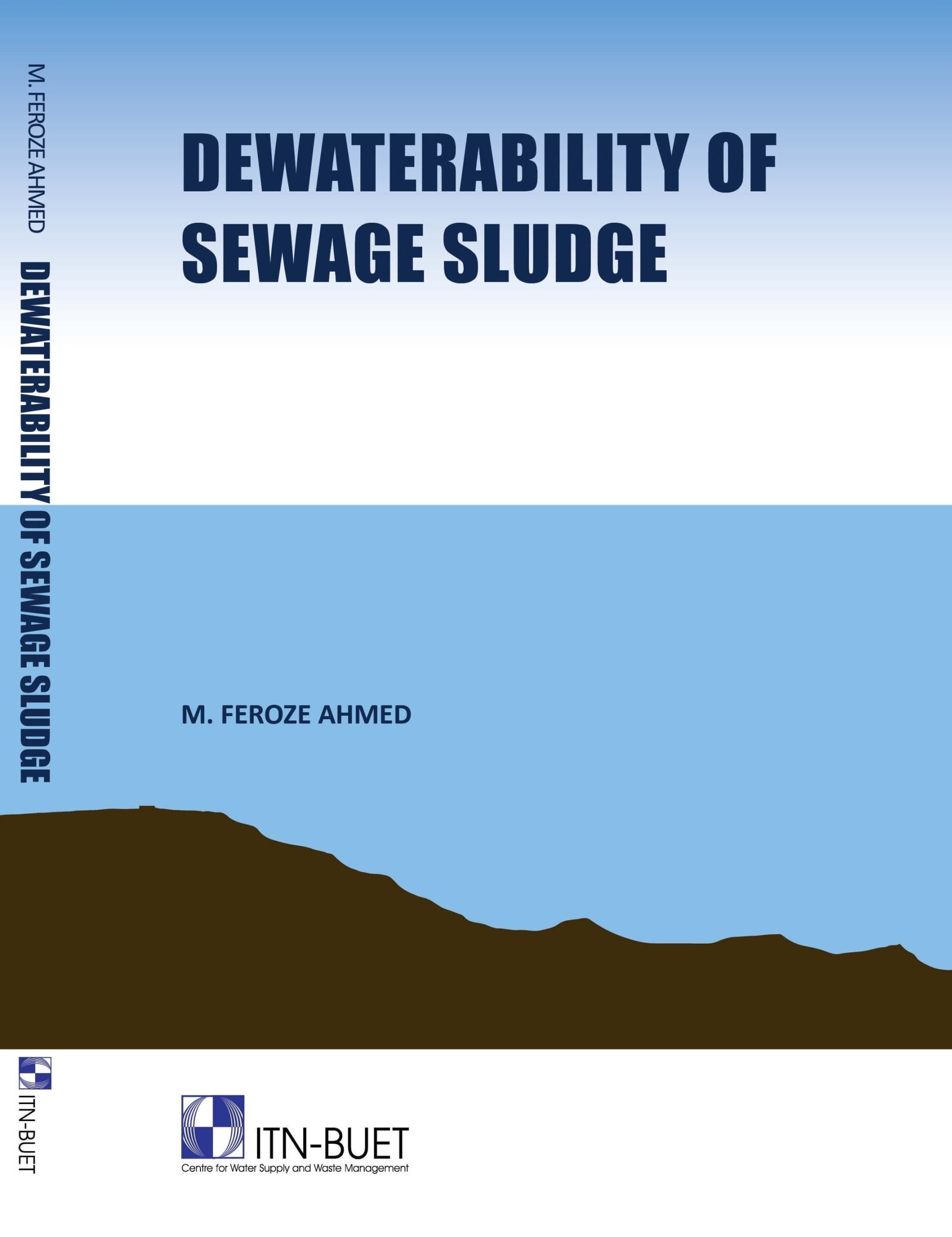Sewage sludge, with its high water content, consists of settled sewage solids. The solid content of most sewage sludges typically ranges from 1.2 to 4.5 percent. Dewatering sewage sludges is essential to reduce volume for easier handling, subsequent treatment, and safe disposal. Notably, the cost of sludge treatment and disposal accounts for nearly half of sewage treatment costs. In the past, cities used to load sludge on barges and dispose of it in the high seas, but strict maritime laws now prohibit such discharge. As a result, proper sludge treatment and safe disposal have become crucial for achieving sustainable development goals in sanitation.
This document investigates the influence of fundamental properties of sludge particles on dewaterability and the change in filterability of sewage sludges under the combined effect of heat and pH adjustments. It also reviews sewage sludge characteristics, factors affecting dewatering, and current processes to enhance dewaterability based on an extensive literature survey.
Sludge dewatering through filtration doesn’t require a filter medium; instead, sludge particles form a filter cake on the membrane during filtration, which serves as the medium to retain the sludge solids. This process is known as cake filtration. The document explores the mechanism of cake filtration in terms of particle migration, filter cake and membrane blinding, and filter cake compressibility. The impact of changing filter medium resistance on the determination of specific resistance to filtration is evaluated, and migratory particles that cause blinding are identified. The document concludes that particle migration in sewage sludges with typical particle size distribution doesn’t significantly affect the practical determination of specific resistance to filtration.
A correlation is established between the specific resistance to filtration of compressible sewage sludges and particle characteristics based on the Kozeny-Carman concept of flow through an incompressible particulate bed. The equation developed is experimentally verified and found to predict variations in filterability adequately within practical filtration pressure ranges. This equation also offers a better explanation of the dewatering behavior of compressible sludges subjected to various treatment processes. In the context of this work, the document experimentally determines fundamental properties of sewage sludges and develops new techniques for determining particle size, particle size distribution, and particle density.
Heat treatment following pH adjustment introduces a new sludge conditioning process. At the optimal temperature and pH, this process significantly enhances sludge particle characteristics, resulting in a substantial reduction in specific resistance. This new treatment process reduces specific resistance to a level below the maximum allowable for economical filtration at low temperatures and pressures, without producing a high-strength liquor.


